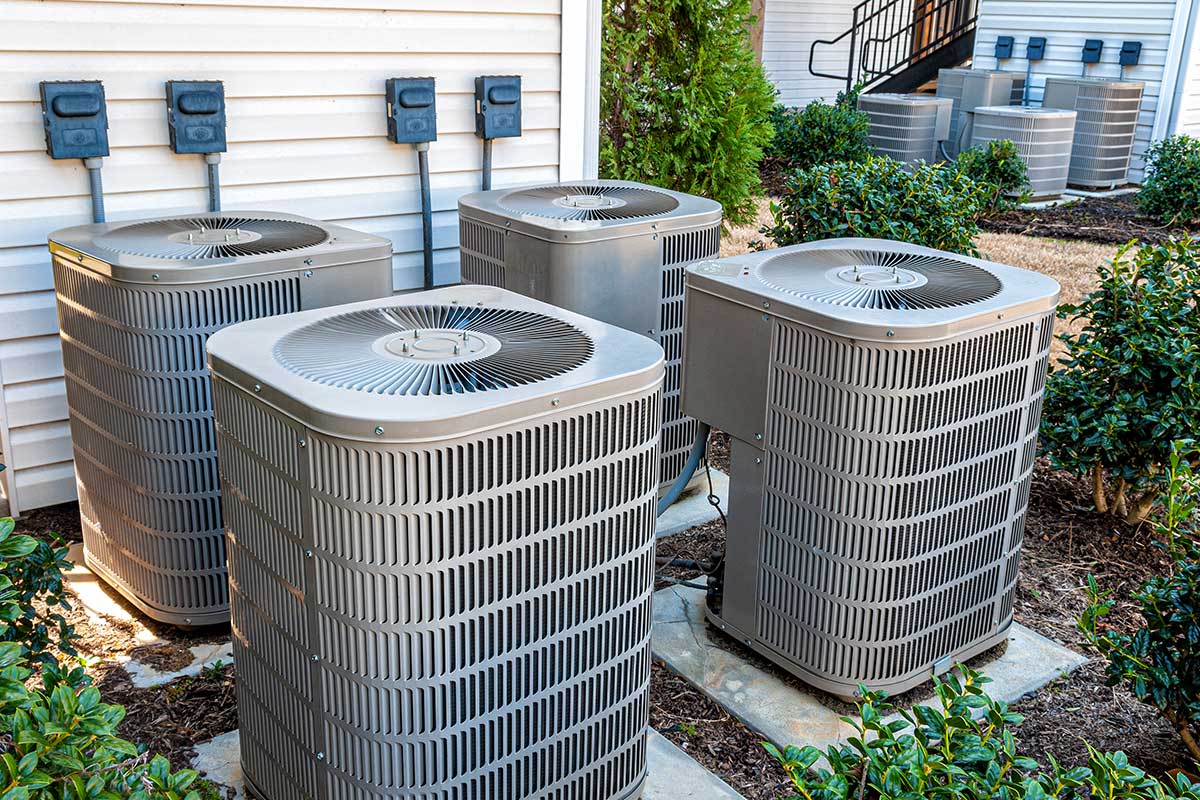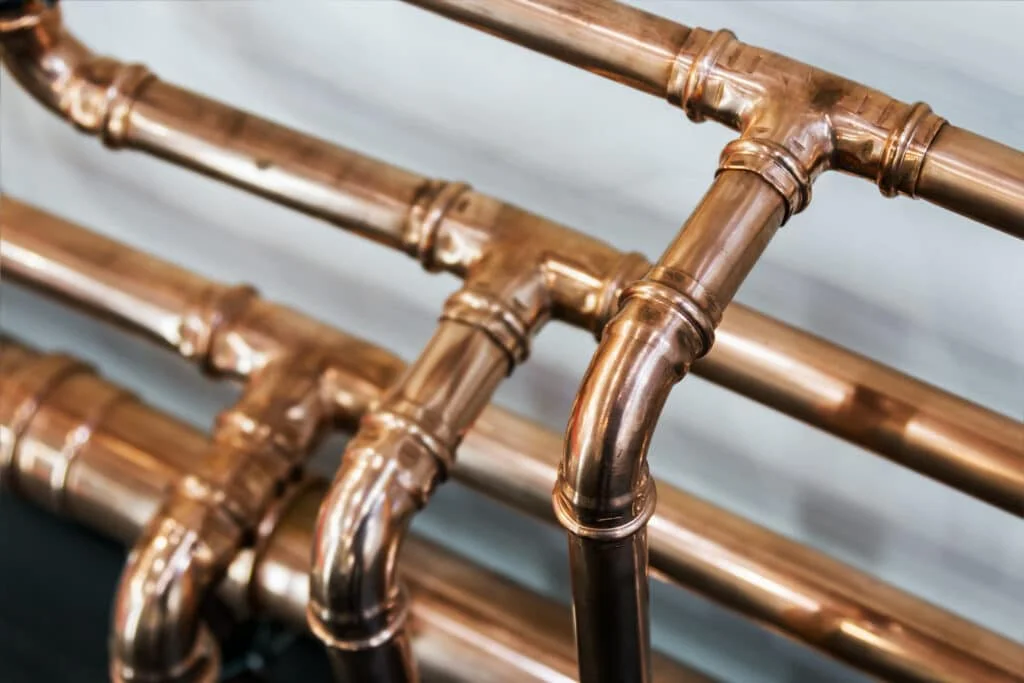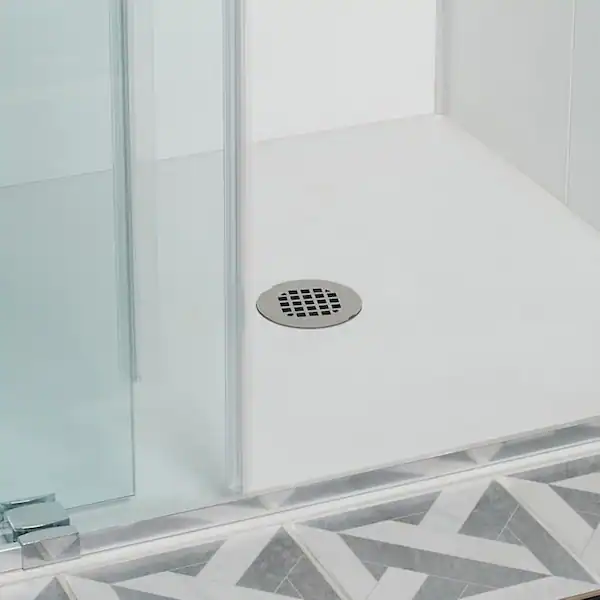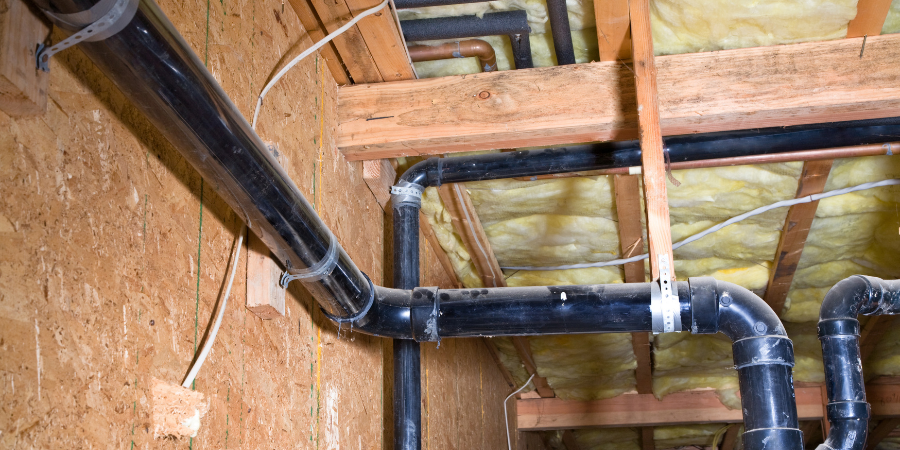
Welcome to our latest blog post, where we dive into the world of repiping – a crucial home improvement project that can save you from the headaches of plumbing issues, water damage, and costly repairs down the line. As time marches on, our homes’ plumbing systems may start showing signs of wear and tear, ultimately requiring a comprehensive solution to ensure the continued flow of water in and out of our living spaces. That’s where whole-house repiping comes into play!
In this comprehensive guide, we’ll be exploring the ins and outs of repiping your entire home, from recognizing the telltale signs that it’s time to invest in a repiping project, to understanding the different types of piping materials available on the market today. We’ll also touch on the factors you should consider when choosing a professional repiping plumber and offer valuable tips to help you navigate the process from start to finish.
So, buckle up and get ready to dive into the world of whole-house repiping, and learn how this essential home improvement project can improve your quality of life, protect your investment, and ensure your family’s safety and comfort for years to come!
Signs Your South Florida Home Needs Repiping
Detecting early warning signs that your home requires repiping can save you from potential disasters and unexpected expenses. In this section, we’ll discuss four major indicators that your home’s plumbing system might be due for an upgrade.
A. Frequent Leaks and Water Damage
One of the most obvious signs that your plumbing system needs attention is the presence of frequent leaks or recurring water damage. This may manifest as water stains on walls, ceilings, or floors, or even mold and mildew growth in damp areas. If you find yourself constantly patching leaks or dealing with water damage, it’s a strong indication that your pipes may be corroded, damaged, or reaching the end of their lifespan.
B. Discolored or Foul-Smelling Water
The quality of your water can also point to potential plumbing issues. If you notice that your water is consistently discolored, cloudy, or has an unpleasant odor, it could be a sign that your pipes are corroding and releasing rust, sediment, or other contaminants into your water supply. Not only is this unsightly and unappetizing, but it can also pose health risks to you and your family.
C. Low Water Pressure
Low water pressure can be a frustrating problem that may indicate the need for repiping. If you’re experiencing reduced water pressure throughout your home, it could be due to corrosion or mineral buildup within your pipes, constricting the flow of water. Over time, these issues can lead to complete blockages or pipe failures, making it essential to address the problem sooner rather than later.
D. Noisy Pipes
Finally, if you hear strange noises coming from your pipes, such as banging, rattling, or whistling, it could be a sign that your plumbing system is under stress. Noisy pipes can result from various issues, including loose or damaged pipe connections, high water pressure, or even worn-out pipes. While some noises may be harmless, persistent or increasingly loud noises warrant a thorough inspection to determine the underlying cause and assess whether repiping is necessary.
Types of Plumbing Materials Used In Whole-House Repipes
When considering a whole-house repiping project, it’s crucial to understand the different types of piping materials available, as each has its own set of advantages and disadvantages. In this section, we’ll explore four popular piping materials—galvanized steel, copper, PEX, and CPVC—and discuss their pros and cons to help you make an informed decision.
A. Galvanized Steel
Galvanized steel pipes were once a common choice for residential plumbing systems. These pipes are made of steel and coated with a layer of zinc to protect against corrosion. However, they have largely fallen out of favor due to their susceptibility to rust, reduced water flow, and shorter lifespan compared to modern alternatives.
Pros: Strong and durable, affordable Cons: Corrosion-prone, limited lifespan, heavier
B. Copper
Copper pipes have been the gold standard in plumbing for many years, known for their durability and resistance to corrosion. They come in two main types—rigid and flexible, with the latter being easier to work with during installation.
Pros: Long-lasting, corrosion-resistant, recyclable, compatible with most water conditions Cons: Expensive, labor-intensive installation, potential for theft due to high scrap value
C. PEX (Cross-Linked Polyethylene)
PEX piping has gained popularity in recent years due to its flexibility, ease of installation, and cost-effectiveness. PEX pipes are made of durable plastic material that can expand and contract, making them resistant to freezing and bursting.
Pros: Flexible, easy to install, resistant to freezing, cost-effective, quiet operation Cons: Not suitable for outdoor use, potential for chemical leaching, not recyclable, may not be compatible with some fittings
D. CPVC (Chlorinated Polyvinyl Chloride)
CPVC is another plastic piping material that is an upgraded version of traditional PVC. It can withstand higher temperatures than PVC, making it suitable for both hot and cold water supply lines. CPVC is also resistant to corrosion and has a lower cost than copper.
Pros: Inexpensive, easy to install, corrosion-resistant, suitable for hot and cold water Cons: Brittle with age, can’t be used outdoors, less flexible than PEX, may release toxic fumes if burned
E. Comparing Materials: Pros and Cons
When deciding on the best piping material for your home, consider factors such as cost, durability, ease of installation, and compatibility with your local water conditions. While copper has been a reliable choice for decades, PEX and CPVC offer more affordable and easier-to-install alternatives. However, it’s essential to weigh the pros and cons of each material and consult with a professional plumber to determine the most suitable option for your specific needs and circumstances.
The Repiping Process
The Repiping Process: What to Expect
Embarking on a whole-house repiping project can be a daunting task for any homeowner. To help ease your concerns and provide clarity, we’ve outlined the essential steps in the repiping process, from the initial inspection to the final cleanup and restoration.
A. Initial Inspection and Assessment
Before any work begins, a professional plumber will conduct a thorough inspection of your home’s plumbing system. They will assess the condition of your pipes, identify any potential issues, and determine the most appropriate piping material for your specific needs. This initial assessment helps to create a detailed plan for the repiping process, including a project timeline and cost estimate.
B. Preparing Your Home for the Project
Once you’ve agreed on the details with your plumber, it’s time to prepare your home for the repiping project. This may involve clearing out areas around your plumbing fixtures, such as sinks, toilets, and showers, and removing or covering any items that may be damaged by dust or debris. You may also need to plan for limited access to water during the repiping process, which may require making temporary arrangements for your family’s needs.
C. The Repiping Process in Stages
The repiping process typically involves several stages, which may vary depending on your home’s layout and the chosen piping material:
- Removal of old pipes: Your plumber will carefully remove the existing pipes, taking care to minimize damage to walls, floors, or ceilings.
- Installation of new pipes: The new pipes will be installed according to the project plan, with connections made to all plumbing fixtures and appliances.
- Pressure testing: Once the new pipes are in place, the plumber will perform a pressure test to ensure there are no leaks and that the system is functioning correctly.
- Insulation and support: If necessary, your plumber will add insulation or support structures to protect the new pipes from potential damage.
D. Cleanup and Restoration
After the repiping process is complete, your plumber will clean up any debris and dust left behind. Depending on the extent of the work, some minor restoration work may be necessary, such as patching holes in walls, ceilings, or floors. In some cases, you may need to hire a separate contractor for more extensive repairs or painting.
With the repiping process complete, you can now enjoy the benefits of a reliable, efficient, and long-lasting plumbing system that will serve your home and family for years to come.
Tips For Choosing A Reputable Repiping Plumber
Choosing the right plumber for your whole-house repiping project is critical to ensure a successful outcome and a stress-free experience. Here are some essential tips to help you find a reputable, experienced plumber to handle your repiping needs:
1. Research and gather recommendations
Start by asking friends, family, neighbors, or colleagues for personal recommendations. Online review platforms like Google, Yelp, or Angie’s List can also provide valuable insights into the experiences of other homeowners with local plumbers. Don’t forget to check the Better Business Bureau (BBB) for any complaints or concerns raised about potential candidates.
2. Verify licenses and insurance
Always verify that your prospective plumber holds a valid license and has proper insurance coverage. This ensures that they meet industry standards and have the required skills and knowledge to perform the work. Additionally, insurance protects you in case of any accidents or damage during the project.
3. Check for repiping experience
Whole-house repiping is a specialized skill that requires a different level of expertise than standard plumbing jobs. Ensure that the plumber you choose has specific experience with repiping projects and can provide references from previous clients who have undergone similar work.
4. Request multiple quotes
Obtain at least three written quotes from different plumbers. This allows you to compare costs, materials, and project timelines, ensuring you make an informed decision. Be cautious of unusually low quotes, as they may indicate subpar materials or workmanship.
5. Ask about warranties and guarantees
Reputable plumbers will stand by their work and offer warranties or guarantees on both materials and labor. Make sure to discuss these details upfront and have them included in the written agreement.
6. Evaluate communication and professionalism
A plumber’s communication skills and professionalism can significantly impact your overall experience. Choose someone who is responsive, attentive to your needs, and able to explain the process clearly. This will ensure that you feel confident throughout the project and can address any concerns or questions that may arise.
7. Review the contract carefully
Before signing any agreements, carefully review the contract to ensure it includes all relevant details, such as the scope of work, materials to be used, project timeline, payment terms, and any warranties or guarantees. If something is unclear, ask for clarification before committing.
By following these tips, you can confidently select a reputable repiping plumber who will complete your whole-house repipe with professionalism, expertise, and quality workmanship, providing you with a plumbing system that will last for years to come.
Why Hire Us
If you are considering hiring a repiping plumber in Palm Beach County, look no further! We have decades of experience repiping homes throughout South Florida and our customers are very satisfied! Just check out our online reviews. Here are some of the reasons to consider us:
- We Are Reputable With Strong Reviews
- We Have Experience Doing Whole-House Repipes
- We Use Only The Best Materials
- Our Team Is Professional, Uniformed, And Reliable
- We Offer Fair and Upfront Pricing
Contact us today to schedule a free repiping consultation!
continue reading
Related Posts
Spotting these common water heater problems early on can save you lots of money in costly repairs. If you are unsure if your water heater is at the end of it's lifespan, it's always best to call a professional plumber. This article will outline some early signs your water heater may need to be repaired or replaced.
Spotting these common water heater problems early on can save you lots of money in costly repairs. If you are unsure if your water heater is at the end of it's lifespan, it's always best to call a professional plumber. This article will outline some early signs your water heater may need to be repaired or replaced.
Spotting these common water heater problems early on can save you lots of money in costly repairs. If you are unsure if your water heater is at the end of it's lifespan, it's always best to call a professional plumber. This article will outline some early signs your water heater may need to be repaired or replaced.
